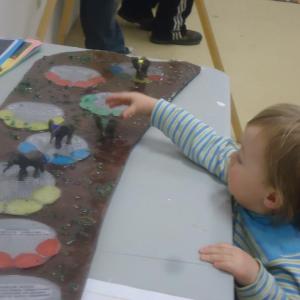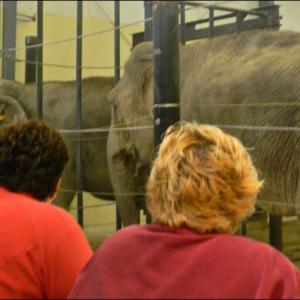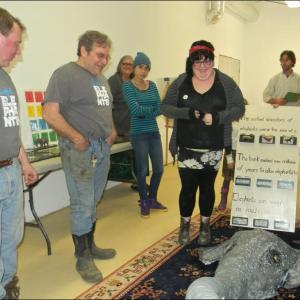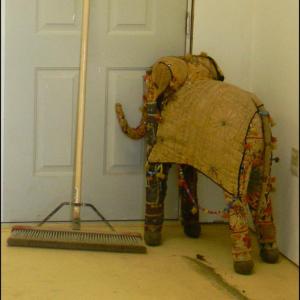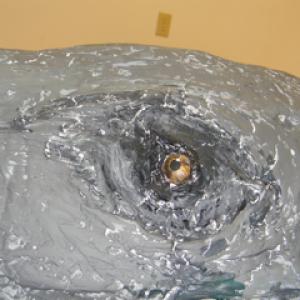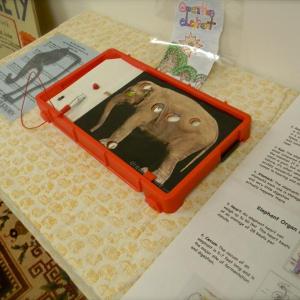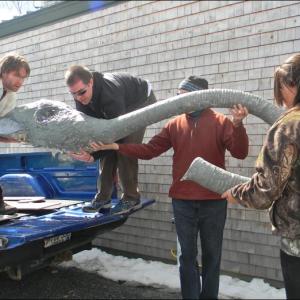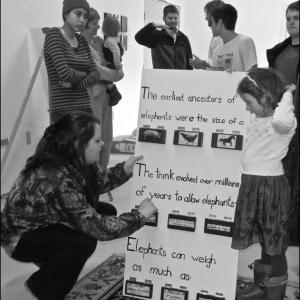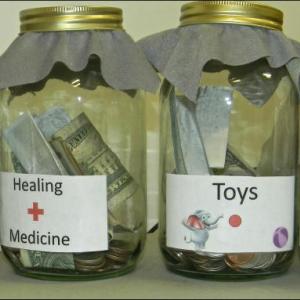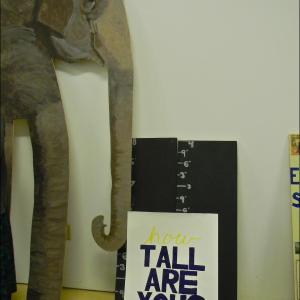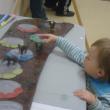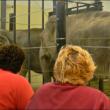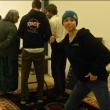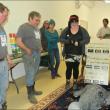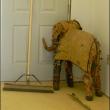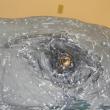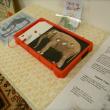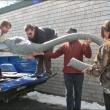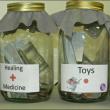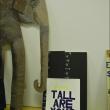In Camden and Hope, Zenith students become elephant experts in project-learning
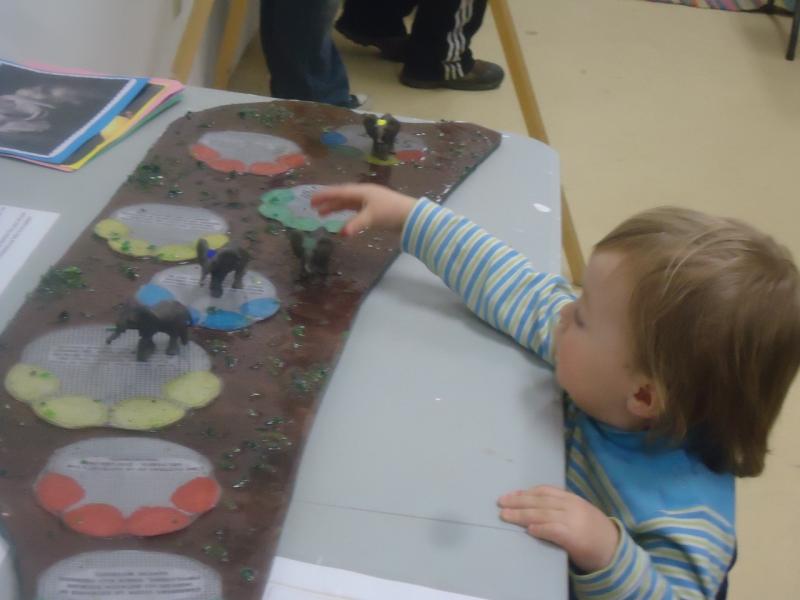 Zenith program students of Camden Hills Regional High School created educational displays for Hope Elephants and worked with Lincolnville Central School students to better understand Rosie and Opal, and the effort to sustain them. (Photos courtesy of Zenith students)
Zenith program students of Camden Hills Regional High School created educational displays for Hope Elephants and worked with Lincolnville Central School students to better understand Rosie and Opal, and the effort to sustain them. (Photos courtesy of Zenith students)
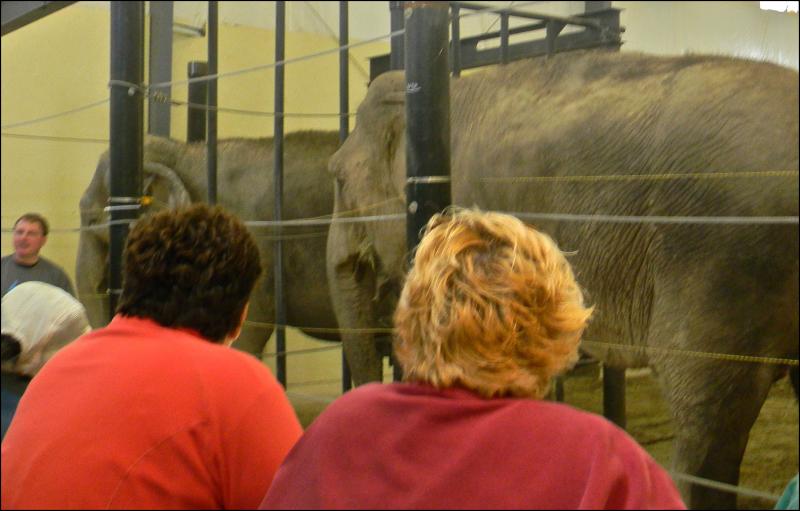 Visiting Rosie and Opal in Hope.
Visiting Rosie and Opal in Hope.
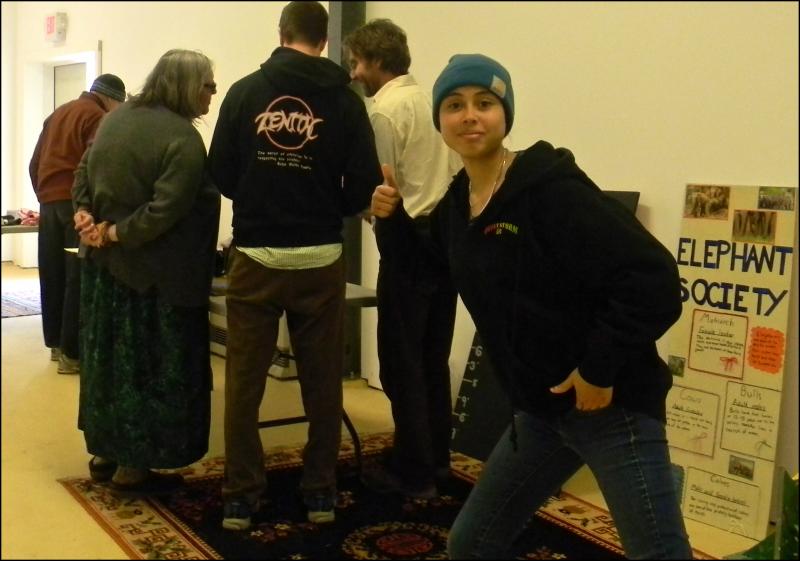
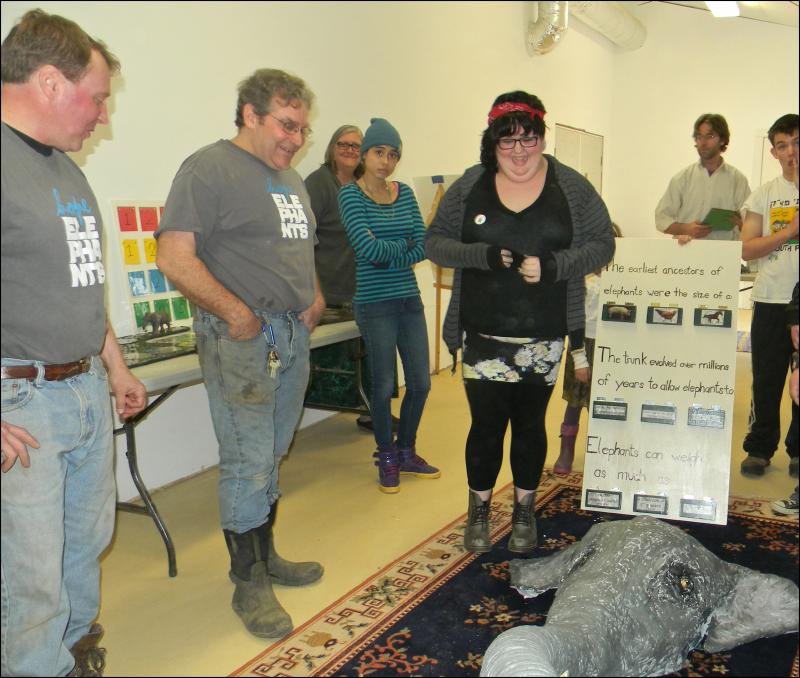
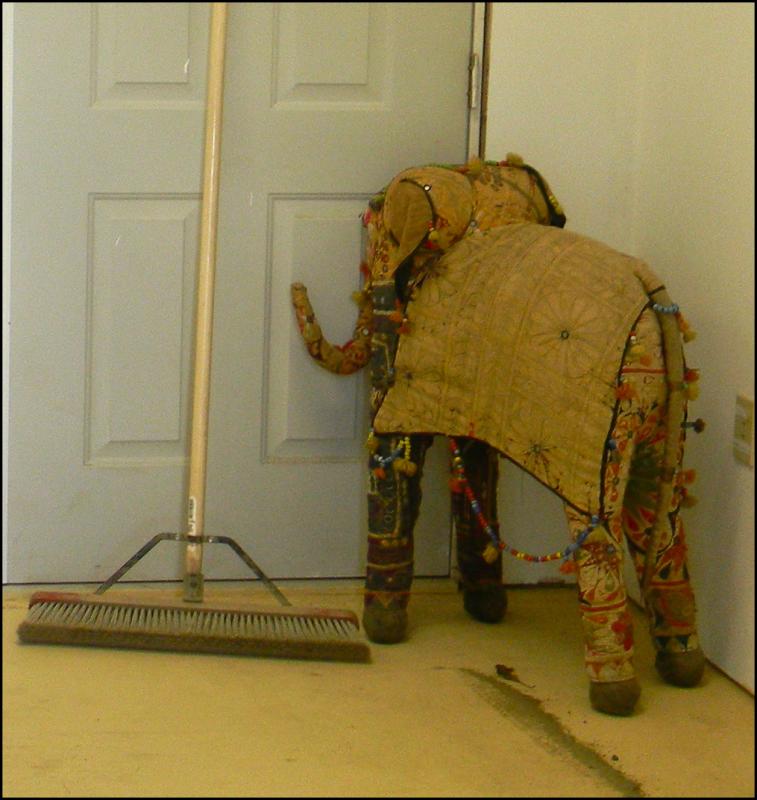


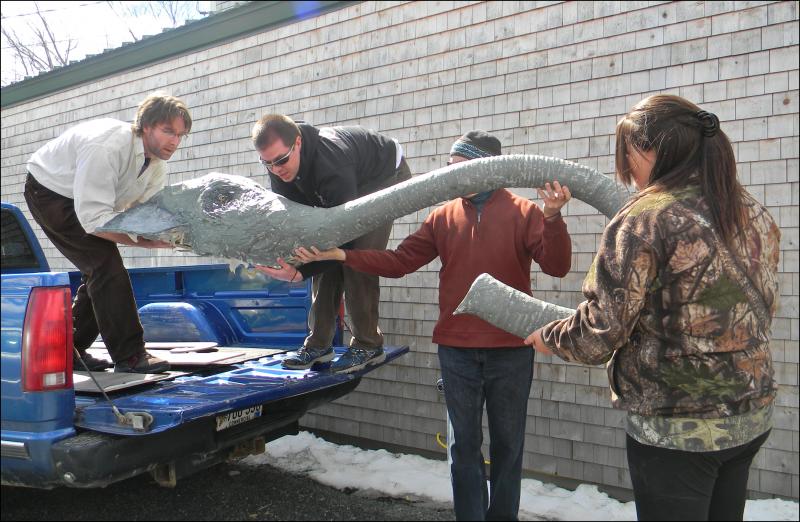
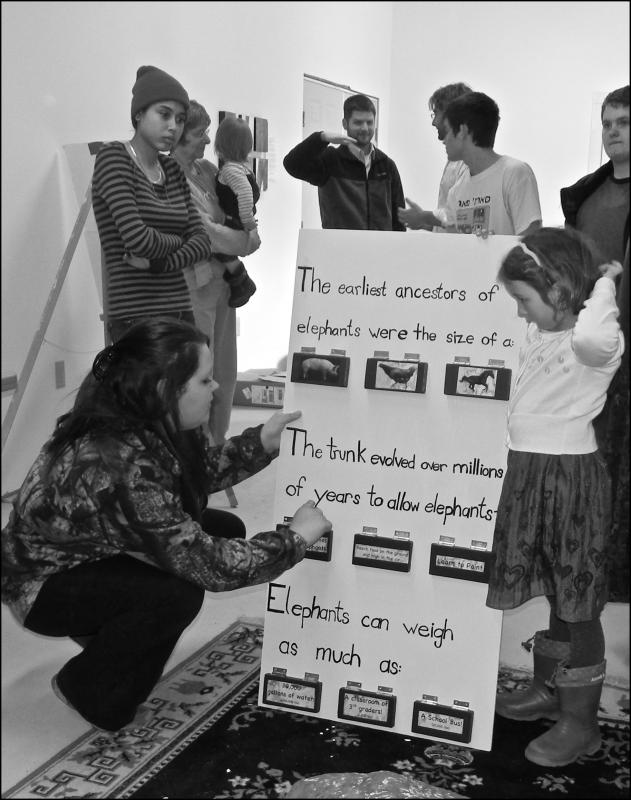
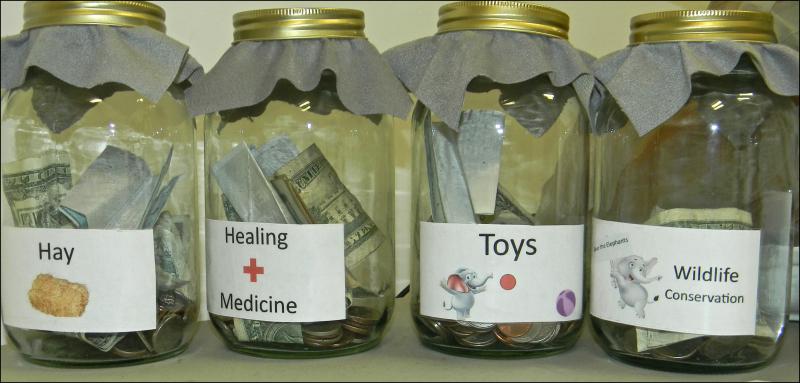
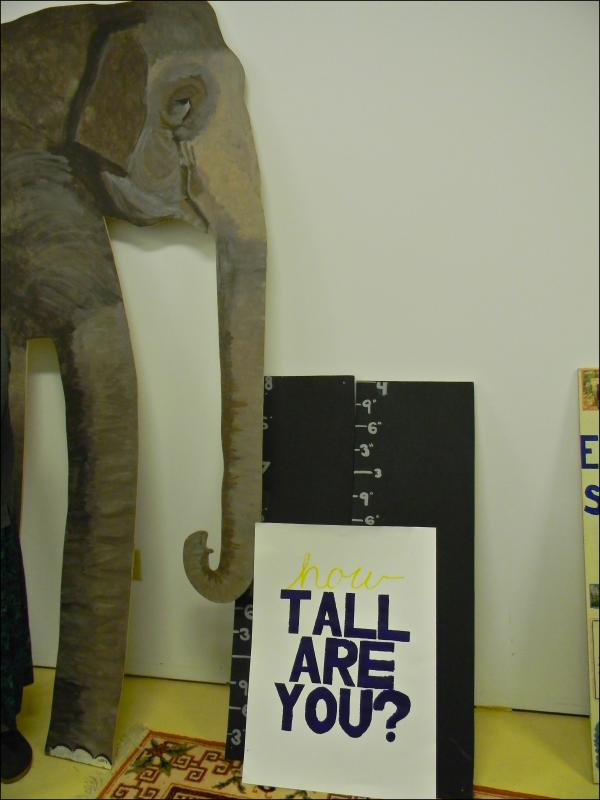
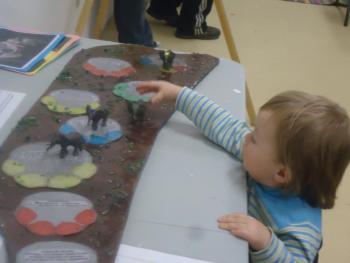 Zenith program students of Camden Hills Regional High School created educational displays for Hope Elephants and worked with Lincolnville Central School students to better understand Rosie and Opal, and the effort to sustain them. (Photos courtesy of Zenith students)
Zenith program students of Camden Hills Regional High School created educational displays for Hope Elephants and worked with Lincolnville Central School students to better understand Rosie and Opal, and the effort to sustain them. (Photos courtesy of Zenith students)
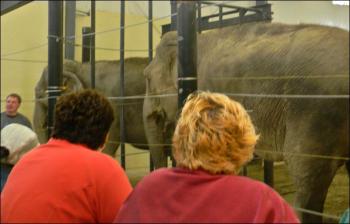 Visiting Rosie and Opal in Hope.
Visiting Rosie and Opal in Hope.
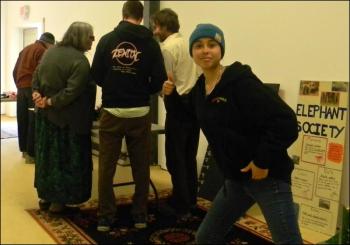
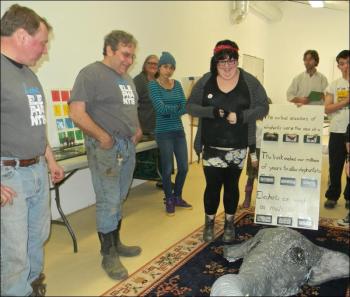
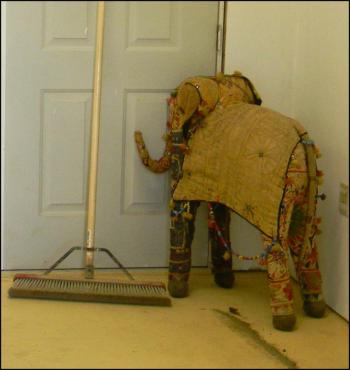
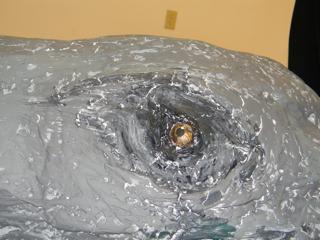
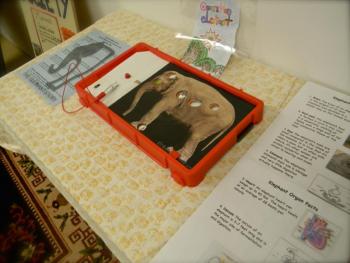
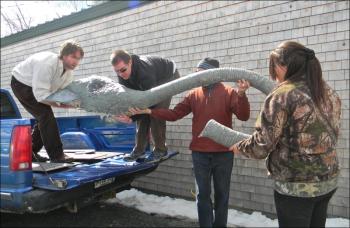
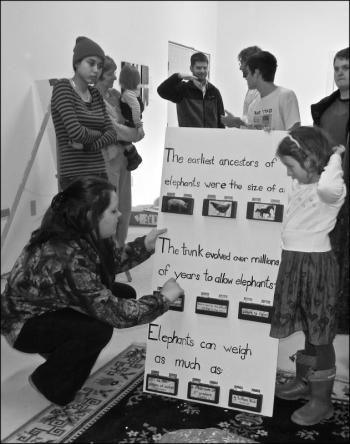
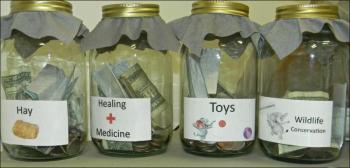
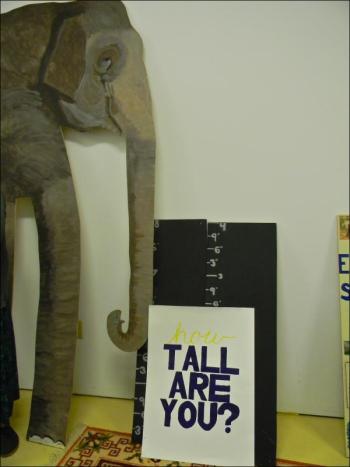
The pride most high school students feel from their academics comes from the grades they receive. This is not the case for Zenith Alternative education students. Our pride comes from the pure effort we put into our work and the quality end product. Everybody in Zenith has his or her own reasons for being proud of the work done, but one thing is certain: The educational displays for Hope Elephants that we made is definitely something we can all be proud of.
Zenith is the Alternative Education program of Camden Hills Regional High School. It is a project-based learning community where students can put hard work into meaningful projects that make learning worthwhile and fun.
We began working with Hope Elephants last September. We became elephant experts by learning about elephant society, their life cycles, anatomy, physiology, and evolution. Some of us organized activities for Lincolnville Central School first and second grade students to learn about elephants before they visited Rosie and Opal.
The Zenith program and the Hope Elephants staff teamed up to design the interactive displays for the education center. Games, signs, and displays will give the visitors something interesting and meaningful to do while they wait to see the elephants.
Our projects were finished and set up at the Hope Elephants on Friday, March 29. A life-sized paper maché sculpture of an elephant head and trunk is the centerpiece of the education center.
"I am most proud of the eyes on the sculpture of the elephant," said Sydney Hendrick, a sophomore in the afternoon program. "After a long time of color mixing and frustration, the eyes were finally perfectly Opal-esque."
Two panels were also put up for visitors to interact with and learn more about elephant trunks.
An extra-large board game called "Baby Elephant on the Run" tests visitors' knowledge of fun facts about elephants.
"I have been so impressed by the way in which the students helped one another through the process of creating the end products," said Nate Larlee, math and science instructor at Zenith. "I can count at least nine people who had some contribution to the Elephant Board Game. It is this type of collaborative problem solving that sets the stage for genuine learning experiences."
A second game in the education center is called "Operation Elephant." The game works just like Operation. The board was made from a repurposed Operation game board, where Jasmine Dennis disassembled it and used the parts left behind and a copper plate to make an elephant-themed game.
Another interactive project now on display at the Hope Elephants is a life-sized cut-out of an Asian elephant painted by Will Tassi, a junior in the Zenith program. It includes a chalkboard where kids can mark their height next to the elephant.
An "Elephant Society" display lets kids make up their own stories about the average elephant family and play them out on the display board.
Everyone at Zenith learned a great deal from the process of designing and making the projects for Hope Elephants.
"We're on the path of project-based learning," said Helen Nichols, director of Zenith. "That's the learning that sticks."
Makayla Witham, another afternoon student who worked on the elephant sculpture, board game, and chalkboard sign, said the process taught her about doing her best work at all times and how to work with other people.
"I learned to be more patient with projects I'm working on," she said. "I realized that different ideas can work well. I learned to work as hard as I can and give it my all."
Everyone working on the projects in the afternoon Zenith program learned about the importance of teamwork. From the board game that at least nine people took part in creating, to the projects students worked on independently, everyone gave and received help from their peers at some point.
Jason Corbett, who worked on a project alone for the bulk of his time, said: "Everyone needs help sometimes. Big projects like this can't be tackled alone."
Katlyn Byors, a junior, said her experience with working on these projects helped her learn to be patient and open-minded towards other people's ideas.
"I gave my advice whenever I thought it was necessary, and I provided feedback in a kind, constructive way that helped other people see their project differently."
Even independent and determined Jasmine Dennis said that she learned to ask for help.
"Working together can accomplish a lot more than working alone," she said.
"This is only the beginning of project-based learning here at Zenith," said Larlee. "Our students are thriving in this learning model. They are more inspired and motivated when there is a clear reason behind the classroom learning. As a teacher, there is nothing better than to see a student who has struggled with school take such pride in the work they've produced."
Cody Agnor is a student in the Zenith program.
Event Date
Address
United States

